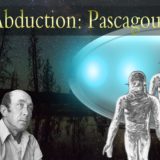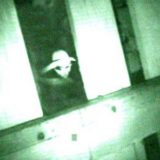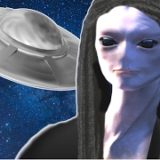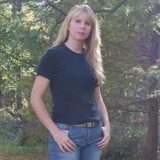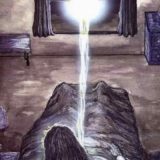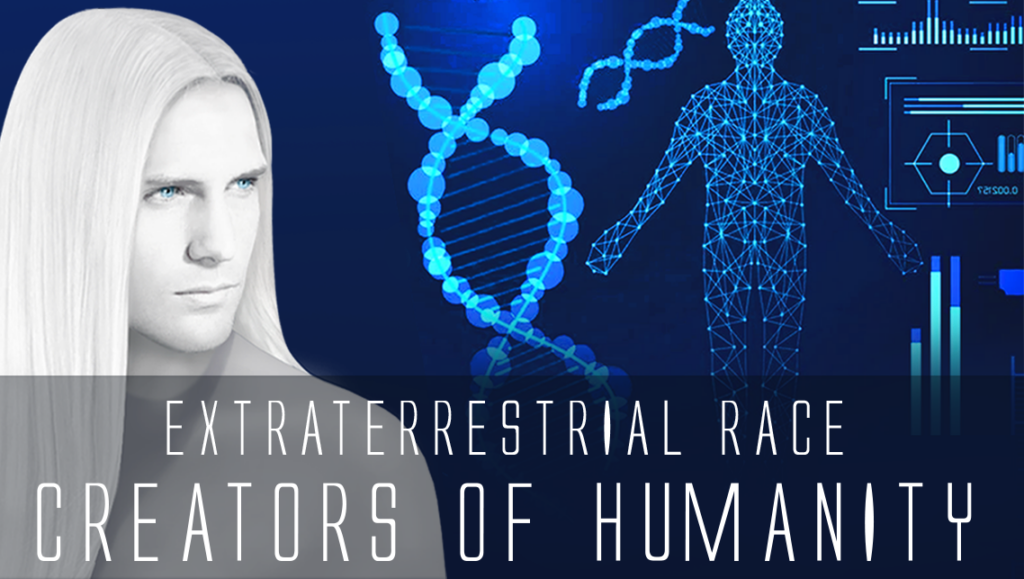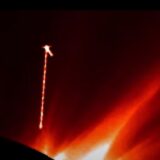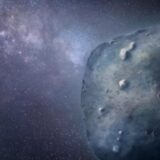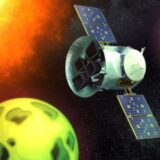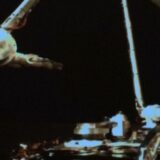Alien Life Forms On Earth
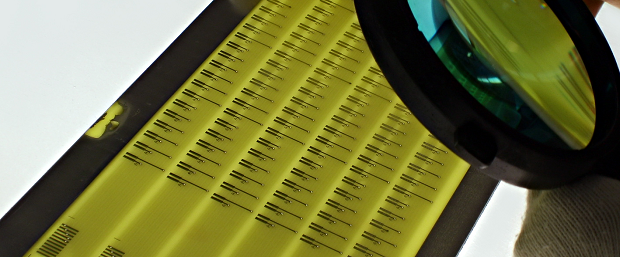
According to Alissa Zhu, Earth houses some of the best evidence of space life – weird, adaptable, and way harder than mankind ever thought.
Ancient idea called Panspermia believes that seeds of life survive everywhere in the vast Universe. Spread by stellar rocks and dust-like spores as well as by man-made space debris, they start the process of evolution wherever they encounter right conditions to flourish.
Scientists have thought they knew the elements for life to survive, but with several plausible theories recently emerging, they’re becoming less confident. Despite the situation, they seem less eager to stretch observations and make productive discoveries.
Professor Kenneth Nealson investigated in early 80s about the reports of a mysterious phenomenon happening at the bottom of Lake Oneida in upstate New York.
The lake should have been rich in manganese oxide because snowmelt transported manganese from the mountains every spring into the lake. Manganese then mixed with oxygen as the winds stirred the water. The activity should have resulted in significant deposit of manganese oxide at the bottom of the lake. Mysteriously, it did not happen.
As an inorganic compound used for various purposes, MnO disappeared a thousand times faster than the expected rate geologically. The compound has been used as an additive for fertilizer and food as well as a catalyst in the manufacture of paints, ceramics, colored glass and many others. With the rapid disappearance of MnO, it appeared that something at the bottom of the lake also put the compound into real use.
Here come the extremophiles – microscopic organisms that go beyond scientific expectations by surviving in conditions that impossible for terrestrial life forms.
After several years of research, Nealson discovered that a microbe was breaking down metal, which typically considered impossible by science. The breakdown was found to be just part of its regular metabolic process. This lead Nealson to discover Shewanella, a class of micro-bacteria with an affinity for raw electricity. Nealson and colleagues at USC now focus on finding alien life forms on Earth and on the possibility of putting such creatures to work in a variety of ways on behalf of mankind. More details about the subject can be read in the February 2015 issue of Popular Science.
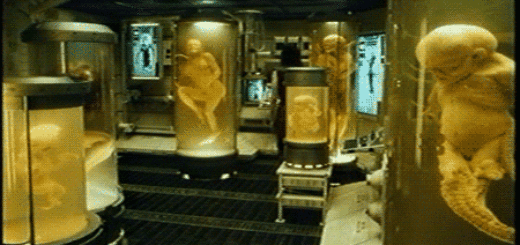
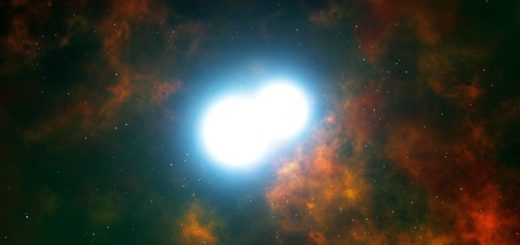

 Creators of mankind
Creators of mankind Description of “Tall white aliens”
Description of “Tall white aliens” Where they came from?
Where they came from? About hostile civilizations
About hostile civilizations The war for the Earth
The war for the Earth “Tall white aliens” about eternal life
“Tall white aliens” about eternal life Video: “Nordic aliens”
Video: “Nordic aliens” Aliens
Aliens Alien encounters
Alien encounters The aliens base
The aliens base UFO
UFO Technology UFO
Technology UFO Underground civilization
Underground civilization Ancient alien artifacts
Ancient alien artifacts Military and UFO
Military and UFO Mysteries and hypotheses
Mysteries and hypotheses Scientific facts
Scientific facts